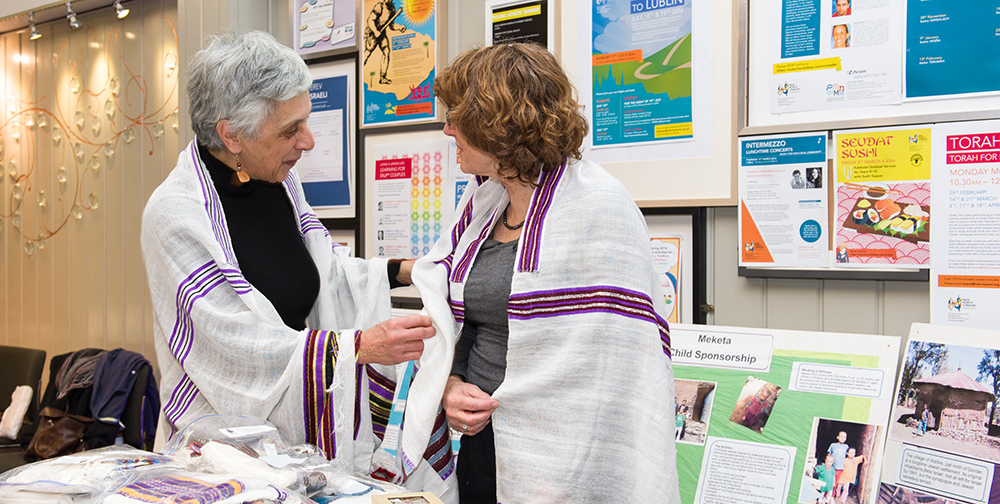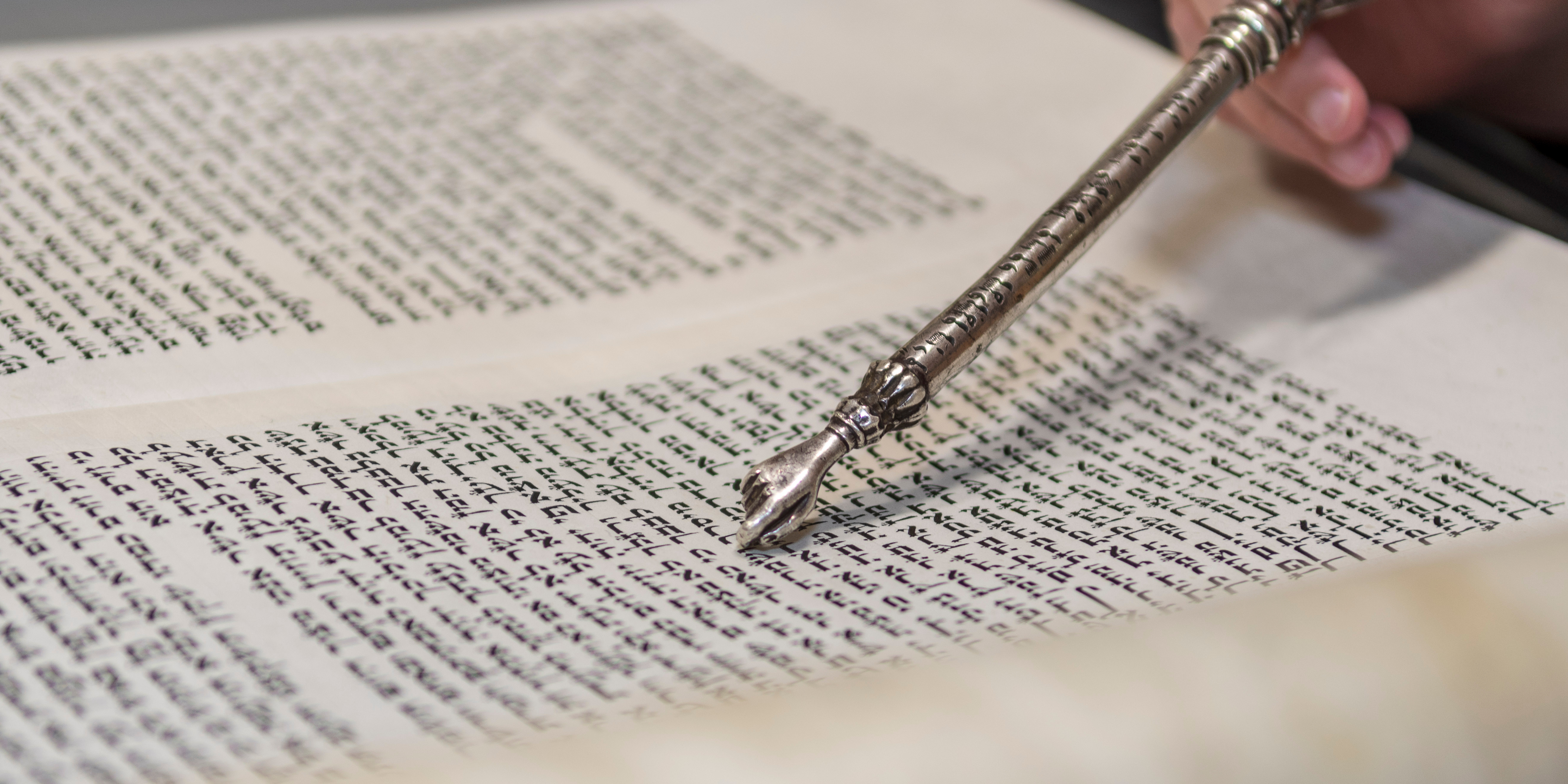Does Moses appear in the Haggadah?

Does Moses appear in the Haggadah? The most common answer I’ve heard is that Moses does not appear in the Haggadah to teach us that God deserves all the credit for taking us out of Egypt. I’ve heard this answer so many times that for years I didn’t even question it. However, traditional Haggadot do refer to Moses, once explicitly and once implicitly.
Moses is clearly referred to in the Haggadah in the quoted verse about how God will take the Israelites out of Egypt: “… And take with you (Moses) this rod in your hand, with which you shall perform the signs” (Ex. 4:17).
Moses’ name then appears explicitly in the section of the Haggadah in which Rabbi Yossi the Galilean argues that since the “finger of God” was used to inflict 10 plagues, now that the “hand of God” (five fingers) was raised against the Egyptians, they actually suffered fifty plagues at the Red Sea.
Here is the verse: “And when Israel saw the great hand which the Lord had wielded against the Egyptians, the people feared the Lord; they had faith in the Lord and His servant Moses” (Ex. 14:31).
Some, notably the Geonim – leaders of the 9th century Babylonian Jewish community, included Rabbi Yossi’s midrash in their Haggadot, but didn’t continue the quote to the end where Moses’ name appears. Today most traditional Haggadot include the full quote with the mention of Moses.
Keeping mention of Moses down to a minimum was probably a reaction to Christianity. We didn’t need or want an intermediary Jesus-type figure that could be confused with, or replace God, so the Haggadah emphasized redemption through a direct relationship between God and humanity.
Keeping God as the focus of our gratitude at the seder may also be due to the Bar Kochba rebellion against Rome in 135 CE. Rabbi Akiva endorsed Bar Kochba as a savior/messiah. This was frowned upon by later rabbis so they, again, wanted to downplay the human factor.
That could be why the rabbis emphasized the Torah in the Hagaddah verse, “And the Lord took us out from Egypt’ (Deut. 26:8): not by the hands of an angel, and not by the hands of a seraph, and not by the hands of a messenger, but the Holy One… Himself.”
Some actually see in this verse a hidden allusion to Moses: The first letter of each agent in this sentence spells out Moshe: “Ani v’lo Malach, Ani v’lo Seraph, Ani v’lo Ha’shaliach”. Is it strange that in a place where the Haggadah is discussing how God, and not an intermediary, redeemed Israel, there is a hidden reference to Moshe – an intermediary?
I like raising this question at the seder table because the tension between human agency and God’s power in the world is still one that exists in Jewish hearts and minds today. Are historical events meant to happen or do they occur because men and women have led the way?
And I don’t have an answer. The rabbis give the credit all to God. Yet the biblical story is clear – God and Moses work together to bring about redemption. Maybe the Torah, as our timeless guide, is trying to teach that people are always necessary for redemption. “You” in the Torah doesn’t just refer to a historical figure like Moses, but to “you” – to each one of us.
Both God and Moses have a part in the children of Israel being taken out of Egypt. And both God and humanity have a part in all future redemptions. In that sense, Moses is indeed in the Haggadah – and so are we.
Chag Sameach.
Rabbi Paul Arberman lives in Modiin, Israel and is the rabbi of Hatch End Masorti Synagogue.



